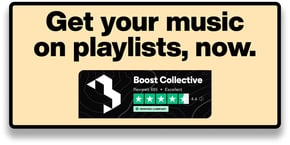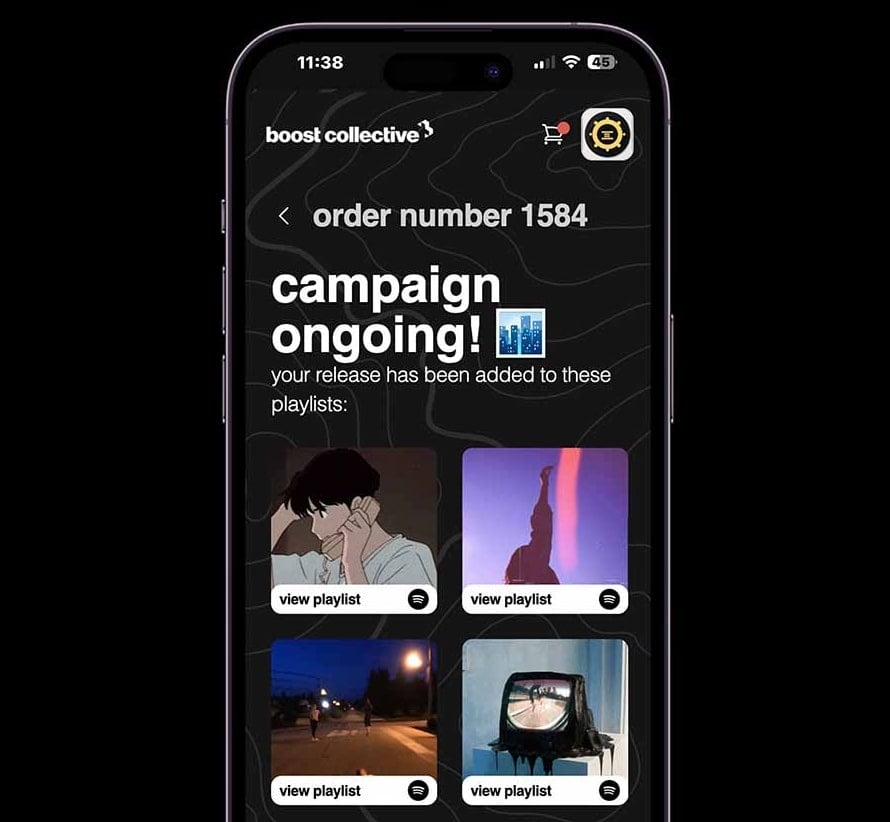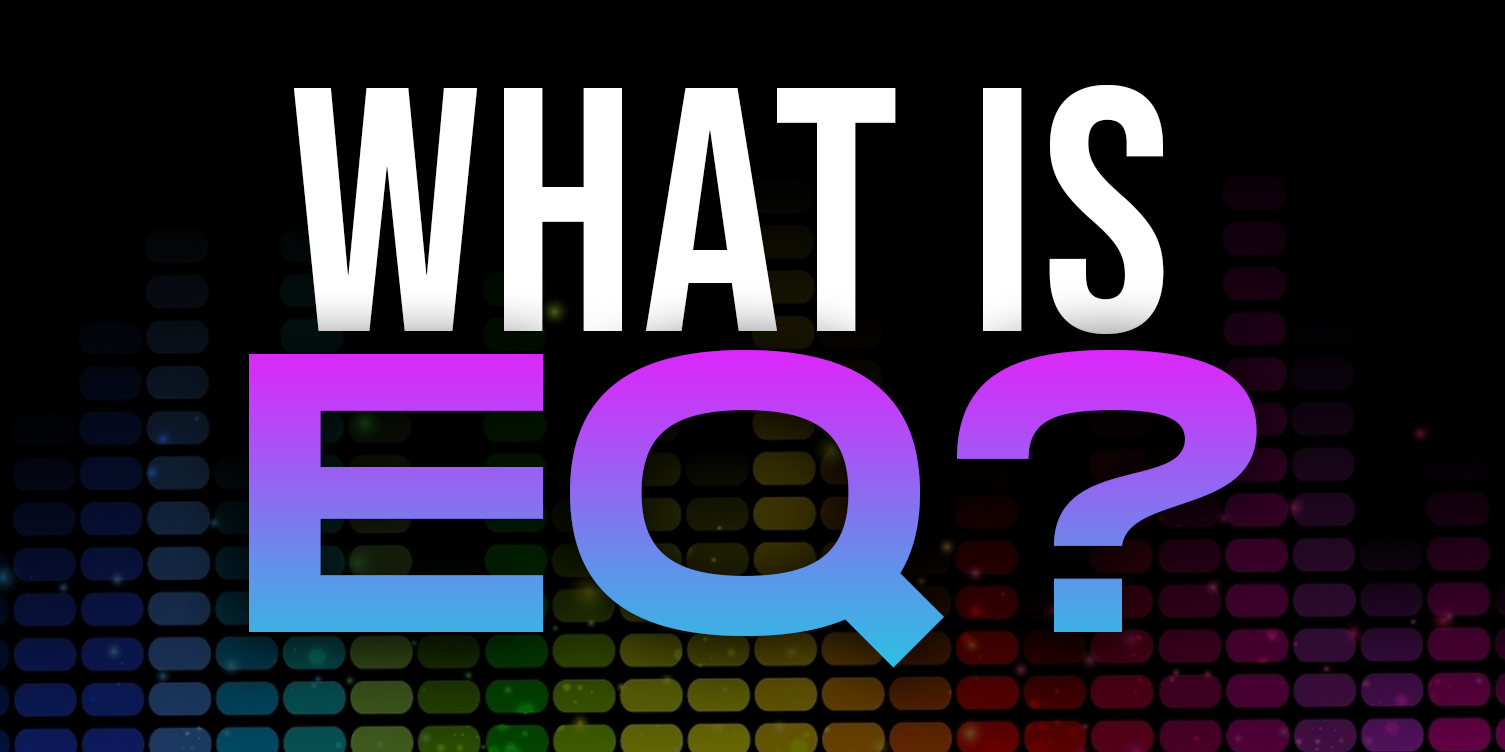
Intro
In the world of making music, the word "EQ" comes up a lot. Equalization, or EQ, is a plugin or a piece of hardware that lets us change the frequency content of our recordings.
This helps all the parts of our production sound good together. In this full guide, we'll talk about what equalization is in music, how it works, and some tips to get you started.
Want to get your music on active & relevant playlists that actually get results?
Get your music heard now 👇
What Is EQ?
Equalization, or EQ, is the process of changing how the different frequency parts of an audio signal are balanced. Every note played by an instrument has a fundamental frequency and overtones that go above it.
These are what gives the note its unique sound and make it easy to recognize. EQ lets us shape and change these frequencies, which changes the way an instrument, a voice, or an entire mix sounds.
When music producers want to cut out specific frequency components, they do so by using the equalizer tool in their respective DAW. These tools allow them to remove unwanted frequencies from the song, and make the most important instruments POP! (kick drum, vocals, bass guitar).
For example, you will often remove unwanted frequencies when you're learning how to eq vocals.
The truth is, human hearing isn't that great. It only hears certain frequencies well, and others not well.
When releasing a song, you have to use EQ, mixing & mastering to give it that quality factor.
Even if your music sounds great, but your EQ is trash, you'll still not get respect!
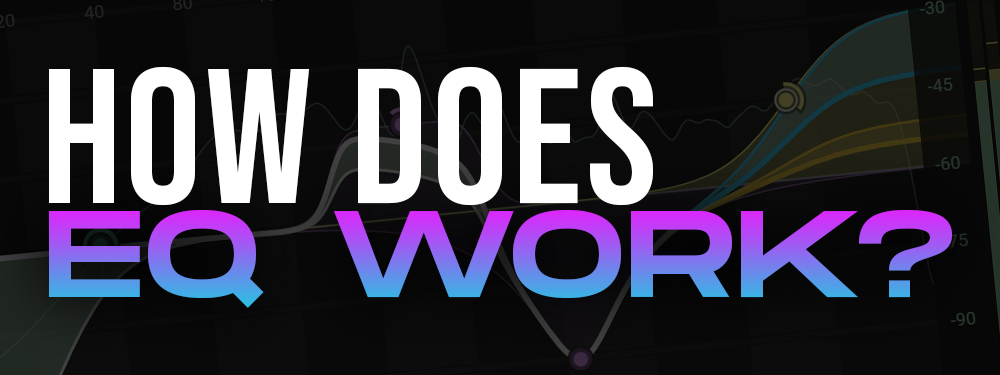
How Does EQ Work?
All EQ is, is making certain frequencies louder or quieter in an audio signal. This is done with the help of a filter, which can raise or lower the volume of a certain frequency range.
There are three main types of EQ filters: low-pass, high-pass, and band-pass. Simple, right? It can get as complicated as you want it to be!
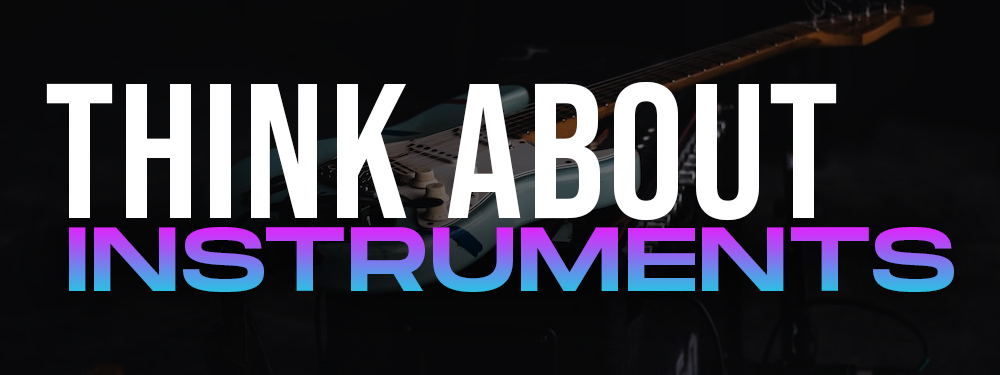
Think About Instruments
To make a good sound production, you need to know how equalizers work with different instruments. An equalizer (EQ) is a tool that changes the frequency content of a recording to make all the parts sound better together. It lets sound engineers and music producers change how the different frequencies in an audio signal are balanced.
In music production, every instrument makes a sound with a fundamental frequency and overtones that make it unique and easy to recognize. EQ lets you change these frequencies, so you can make each instrument sound different in the mix.
EQ lets producers get rid of sounds they don't like and boost the ones they do. The tool helps make a mix that is clear and well-balanced so that all the parts of the production sound good together.
Drums and guitars are the instruments that need EQ changes most often when making music. The human ear can hear a wide range of sounds. At the low end, we can hear vibrations of about 20 Hz, which only sound like a dull rumble.
This is the range where the fundamental frequency of bass drums is, and sound engineers often use EQ to boost it and make it louder in the mix. On the other hand, the fundamental frequency of a guitar varies from 82.41 Hz to 1,046.5 Hz, depending on which string is being played. So, EQ can be used to boost or cut these frequencies to change how the guitar sounds in the mix.
EQ can also be changed based on the type of music being played. In jazz, for example, an EQ is used to make a sound that is warm and open by boosting frequencies in the 200 Hz to 300 Hz range. In rock music, on the other hand, these frequencies may be cut to make the guitar sound more distorted and aggressive.
In the same way, rock music producers might cut the low-end frequencies below 50 Hz from the drums to keep the mix from getting too muddy.
The Famous Car & Phone Tests
Many music producers & artists can hear a mix super clear in the studio, but as soon as they hear it from their phone or car speaker system, something is up.
It could be anything, the upper mids, lower frequencies, or even a narrow range that just doesn't sound right. Whatever the case, when applying EQ, make sure things sound good on everyday devices that people will listen to your music on!
Music Production & EQ
EQ is a very useful tool for making music. EQ is an important part of both mixing and mastering in music production.
It lets producers control how the frequency response of a sound is played back.
Our ears can hear a wide range of frequencies, and EQ can help producers change the tone and character of a sound by changing this range.
EQ is one of the most important parts of mixing because it lets producers change the way a sound responds to different frequencies.
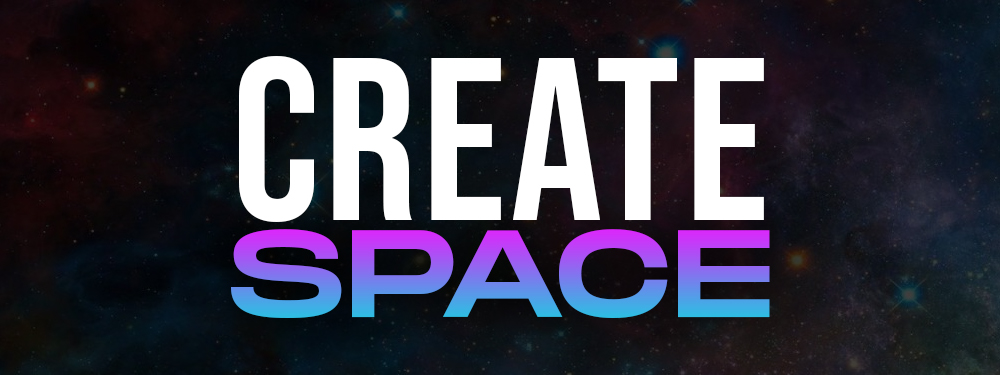
Create Space In The Mix
One of the most important things EQ does is give a mix of space.
By taking out the frequencies that don't belong in each part of the mix, we can make more room for the other parts to breathe.
For instance, removing the low frequencies from a guitar track can make room for the bass to fit in the mix better.
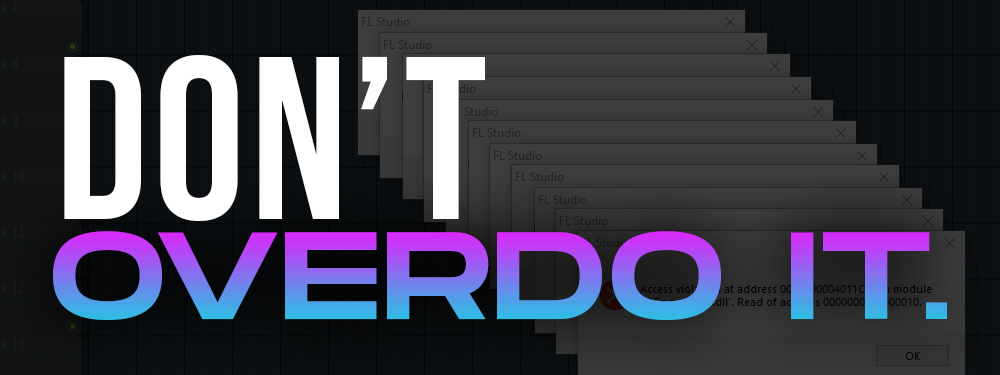
With Great Power Comes Great Responsibility
Don't Use Too Much EQ is a powerful tool, but it's important not to use it too much.
If you use EQ too much, it can make the sound harsh and unnatural, which is not pleasant to listen to.
Instead, make small changes to the sound to shape it and help it fit better in the mix.
Fix Problems With EQ
Mix problems can also be fixed with EQ. For example, if a vocal track is too boomy, we can use a high-pass filter to get rid of the boominess by cutting out the low frequencies. In the same way, if a guitar track is too harsh, we can use a low-pass filter to cut out the high frequencies and make it sound smoother.
EQ can also be used to improve the mix by making certain frequencies stronger. For instance, increasing the high frequencies of a vocal track can make it sound more present and help it stand out from the rest of the music. In the same way, a bass track can have more weight and impact if the low frequencies are turned up.
In the end, EQ is a tool that music producers and engineers can't do without. If you know what equalization is and how it works and follow these tips, you can use it to make mixes that sound better and stand out from the rest.
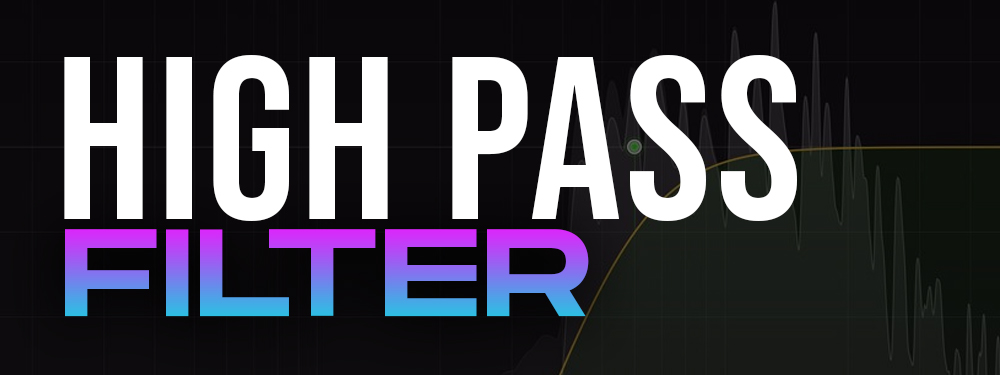
High Pass Filter
High pass filters are a type of equalization filter that lets high frequencies through while gradually reducing frequencies below a certain cutoff frequency.
This cutoff frequency is the point where the filter starts to weaken the frequencies. Low-cut filters are another name for high-pass filters.
The filter is helpful when low-frequency noise or rumble can make it hard to hear what is being recorded. It can also be used to get rid of bass frequencies that don't belong in a sound, like when the proximity effect makes a vocal recording have more low-frequency energy.
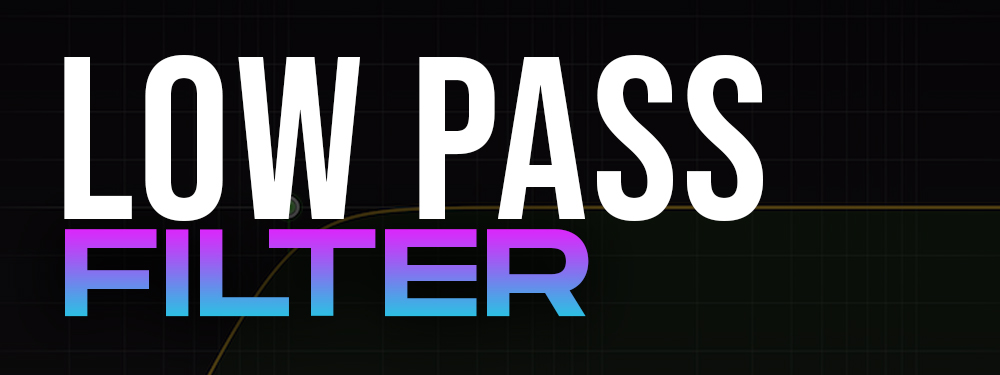
Low Pass Filter
Low-pass filters let low-frequency sounds through while cutting down on high-frequency sounds.
This filter is often used to get rid of high-frequency noise that doesn't belong in a signal.
Low-pass filters stop low frequencies from getting through, while high-pass filters let high frequencies through. This filter is often used to get rid of low-frequency noise that doesn't belong in a signal.
Band Filters
Band-pass filters only let through a certain range of frequencies and cut down all the other frequencies. This filter is often used to isolate a certain frequency range, like the fundamental frequency of an instrument or voice.

What Are EQ Settings?
In music, EQ settings, also called equalizer settings, are used to change how the different frequencies in an audio signal blend together.
There are many different kinds of equalizers, such as parametric, graphic, high-pass, and low-pass filters. Each type gives you a different way to control different frequency bands and a different set of functions.
You can use the EQ settings to boost or cut certain frequency ranges, like the bass, midrange, or treble, to get the sound you want or to fix problems in a mix.
For pop music, the best equalizer settings might be to boost the midrange frequencies to bring out the vocals and other midrange sounds.
For rock music, the best equalizer settings might be to boost the high-mid and low-mid frequencies to make the guitars and drums sound more powerful and present.
EQ settings are a powerful way for music producers and audio engineers to shape the sound of a recording and get it to sound the way they want it to.
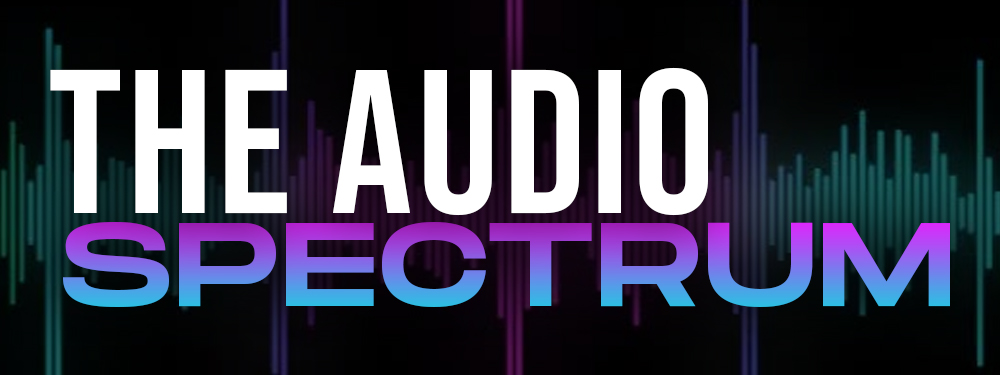
The Audio Spectrum
The audio spectrum is the range of frequencies that humans can hear, which is usually between 20Hz and 20kHz.
The cool thing about EQ is that it is directly related to the audio spectrum!
The audio spectrum is split up into different frequency bands by an equalizer, so the user can change the volume of each band separately.
EQ can be used to change the way a sound sounds by boosting or cutting certain frequency ranges.
To use EQ well in music production, you need to know the frequency ranges of the different instruments.

In video post-production, EQ is often used because knowing the audio spectrum can help make sure the mix is even.
In music, the frequency spectrum is usually split into fundamental frequencies and harmonics, and EQ can be used to boost or cut specific frequencies to emphasize or downplay certain parts of a sound.
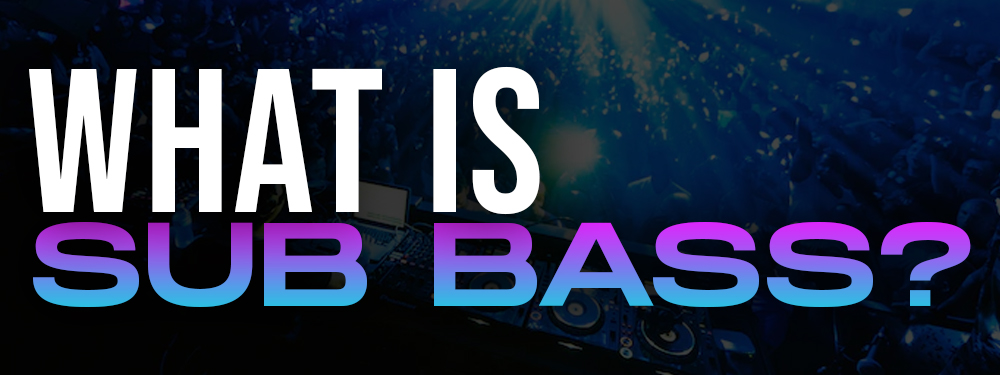
What Is Sub Bass?
Sub bass is the lowest range of bass frequencies. It usually starts around 60 Hz and goes all the way down to 20 Hz, which is the lowest frequency that humans can hear.
It is often used to make bass sounds stronger, but some styles of electronic music can also use it on its own.
Almost any synth can be used to make sub bass, but there are some ways to improve the sound and make it easier to blend into your mixes.
Sub bass can make the listener feel strong, often in the chest. This can give a track more depth and impact.
Sub bass is often used in hip-hop, dubstep, and electronic dance music production to make songs sound deeper and more powerful.
But you should only use sub bass in small amounts and make sure it doesn't drown out the other sounds in the mix.

Use White Noise To Your Benefit
White noise is a sound that has equal amounts of all frequencies. This makes it useful for many things in music production.
White noise, on the other hand, is not usually used as a source of sound to be EQ'd. Instead, it is used as a point of reference to set EQ levels.
If you play white noise through a sound system, you can figure out which frequencies are most important or missing. With this information, the EQ of the system can be changed to make the frequency response more even.
Because of this, white noise is not usually used in music production for EQ.
Instead, it is used as a point of reference to set EQ levels and make a sound system's frequency response more even.
How To Cut Frequencies
Cutting out bad frequencies, also called subtractive EQ, is an important part of making music. Frequencies that aren't needed or that clash can make a mix sound muddy and make it hard to hear each instrument clearly.
For example, using a high-pass filter to cut out sub-frequencies from instruments other than the bass can help define the low end by preventing frequency clashes with the kick and bass.
Also, cutting out frequencies that are very low or very high can help get a mix ready for mastering. By default, the low cut on most mastering limiters or suites is set to 20Hz and the high cut is set to 20kHz.
By cutting out frequencies that aren't needed during production, the mix will be better prepared for the mastering process and won't have to go through cuts that could be too harsh at the end. Overall, cutting out bad frequencies is a key part of making a mix that sounds clean, balanced, and professional.
Equalizer Fundamentals
When making music, different slopes on equalizers can be used to get different effects. A sharp filter that cuts out or lowers unwanted frequencies can be made with a steep slope, while a gradual and subtle effect can be made with a gentle slope.
The choice of slope depends on what kind of sound is being changed, what effect is wanted, and how the equalizer is set up.
For example, a steep slope might be good for cutting out low-frequency noise in a mix, while a gentler slope might be better for shaping the overall tone of a sound.
In music production, the different slopes of equalizers are used to get different effects. The choice of slope depends on the type of equalizer being used and the effect that is wanted.
What's A Bell Filter?
A bell filter is a type of filter used in music production that lets a set of frequencies around a center frequency be amplified or lowered.
A bell filter looks like a bell curve in science, which is how it got its name. A haystack filter is another name for it.
Bell filters can be used to add or take away certain frequencies from an audio signal. Users can often change the center frequency, Q, and how much boost or cut they have.
They can be used to shape tone and do surgical work by locating and cutting harsh, annoying, or masking frequencies.
To use a bell filter in music production, you must first figure out which frequencies need to be boosted or cut. Then, set the bell filter's center frequency to that range and change the amount of boost or cut to get the effect you want.
The Q setting controls how wide the frequency range is that the filter affects. A higher Q makes the range narrower, while a lower Q makes the range wider.
It's important to use bell filters wisely since too many of them can make the sound sound unnatural or fake.
What's A Shelf Filter?
A shelf filter, also called a shelving filter, is used to make music. It lets the high or low end of the frequency spectrum be turned up or down without changing the middle frequencies.
A high-shelf filter boosts or lowers the high frequencies, while a low-shelf filter boosts or lowers the low frequencies.
Shelf filters don't cut off sounds at a certain frequency like pass filters do. Instead, they reduce the volume of sounds that fall behind the set frequency by the same amount. This makes the sound change less dramatically.
To use a shelf filter in music production, you must first figure out which frequency range needs to be amplified or lowered.
Then choose the right type of shelf filter, either high shelf or low shelf. Change the gain, frequency, and Q or slope of the filter to get the effect you want.
For example, a high-shelf filter with a boost at 10 kHz can make a mix sound brighter, while a low-shelf filter with a cut at 200 Hz can get rid of low-end rumble that you don't want.
It's important to use shelf filters carefully and not too much, because too much can make the sound sound unnatural or out of balance.
What's A Notch Filter?
A notch filter is a type of band-stop filter that cuts out frequencies in a certain range while leaving all other frequencies alone. The stopband is the range of frequencies that a notch filter reduces. This range is usually very narrow.
A notch filter is used to cut out a problem frequency in the middle of the spectrum while letting low and high frequencies pass through.
This type of filter is often used by audio engineers to get rid of hums or other resonances that don't belong in a recording or live sound. Changes to the low-pass filter effect can be used to make a notch filter.
It's important to remember that using a notch filter can change the overall balance of tones in a recording, so it should only be used when necessary.
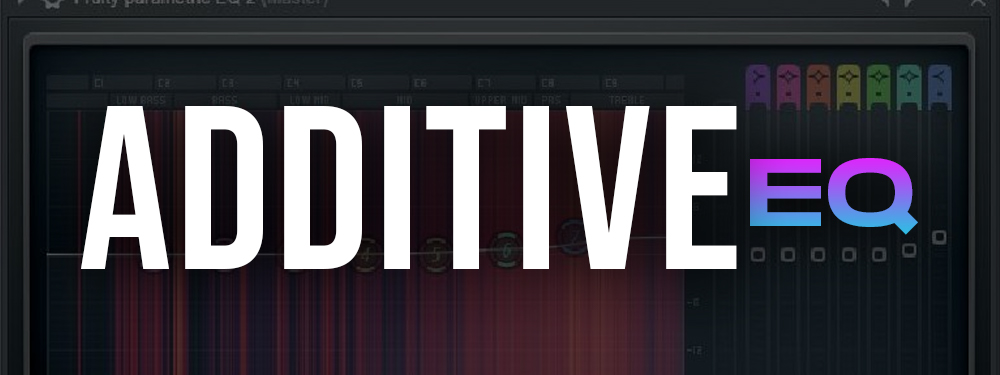
What's Additive EQ?
Additive EQ is an aspect of audio equalization, which essentially means boosting certain frequencies.
With EQ plugins, you can boost a specific frequency range to make it pop in the mix. This EQ curve should be used only on specific sounds, and not applied to the whole track.
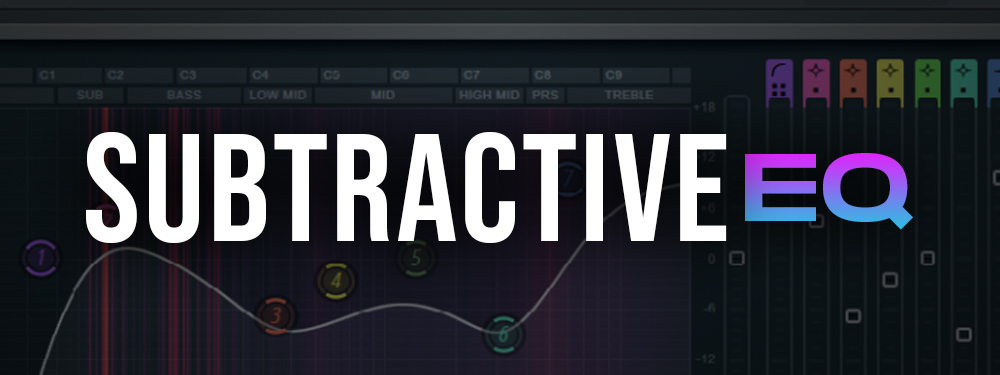
What's Subtractive EQ?
Subtractive EQ is exactly what you think it is. It will help you eliminate frequencies that aren't wanted in the mix.
Sometimes, if you have a huge load of elements & instruments in your song, certain popular frequencies can overpower the rest of the song.
It's up to you to use subtractive EQ to gain control of your mix!
Use EQ For An Effect!
EQ can also be used creatively to make special effects. For example, cutting the high end of a vocal can create a "telephone" or "radio" effect, while boosting certain frequencies can make an instrument sound like it's in a different space, like a concert hall or small room.
But it's important to only use these effects when they add to the song and don't take away from it.
Do Your EQing In Mono
When producers mix in mono, they can get their mixes to sound clear and catch mistakes they might have missed when listening in stereo.
When mixing in stereo, there can be differences in the phase of the left and right channels. This can cause the left and right channels to cancel each other out, causing the overall volume to drop.
In mono, there are no phase differences. This makes it easier to hear any problems in the mix that need to be fixed. This is especially important when it comes to EQ, which is the process of balancing the different frequencies in an audio signal.
Mixing in mono can help producers find phasing problems that can happen when they use too much EQ or don't use it right.
This makes the final product cleaner and more cohesive. Overall, mixing in mono can help music producers get a well-balanced mix and avoid making mistakes that could ruin the sound of their production.
Use Automation Clips To Your Advantage
Using automation clips can be very beneficial, especially for more complex genres like electronic dance music. EQing doesn't have to be a set-and-done approach.
You can create an automation clip and have instruments have different frequency ranges throughout the song.
This can make your songs more appealing and interesting to listen to, but don't overdo it!
Get your music on playlists now.
It’s time you get your exposure and listeners up - playlisting by Boost Collective has been trusted by 50,000+ artists worldwide.
It’s easy: Search your song, get on playlists, and track your campaign.
What’re you waiting for? Tap in - and get added to playlists in 24 hours.
Join Boost Collective for free here.
